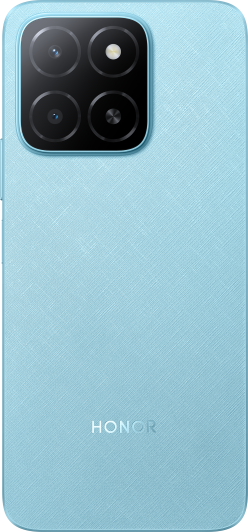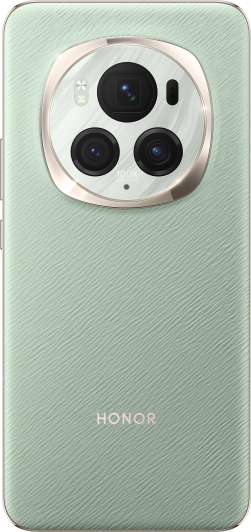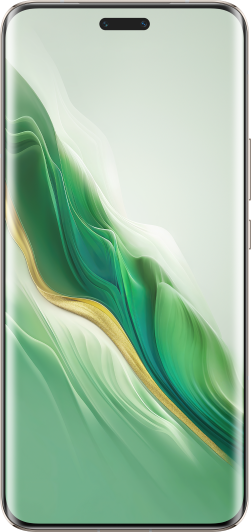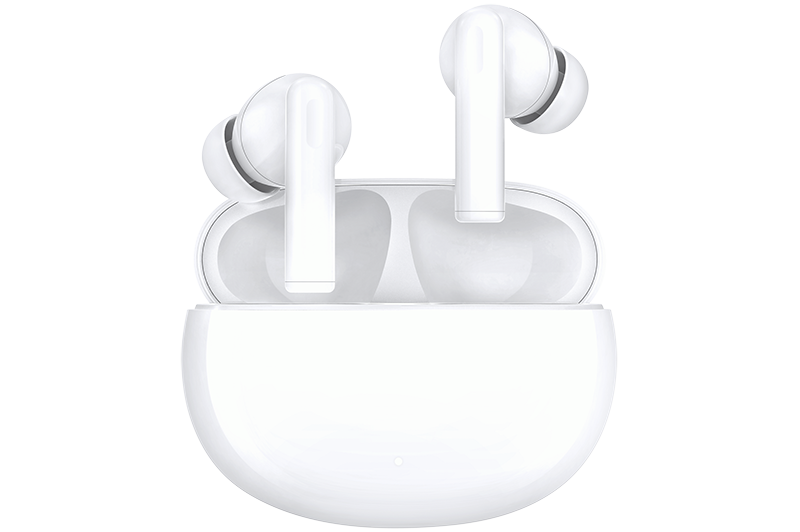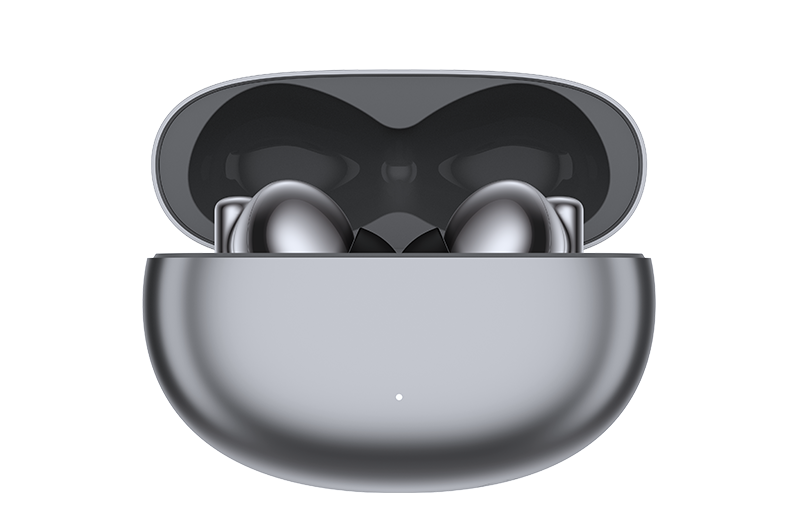TOP

我的荣耀 开启荣耀之旅

Tech Lifetimes: How Long Does a Foldable Phone Last?
How long does a foldable phone last? This question is increasingly on the minds of technology enthusiasts with the introduction and gradual progress in the design and functionality of foldable smartphones. This article seeks to understand whether foldable phones can withstand the test of time and provide a satisfying user experience for many years. We will uncover the durability challenges faced by foldable phones and, most importantly, provide useful tips on how you can prolong the life of your foldable phone, ensuring maximum utility and value for your investment.
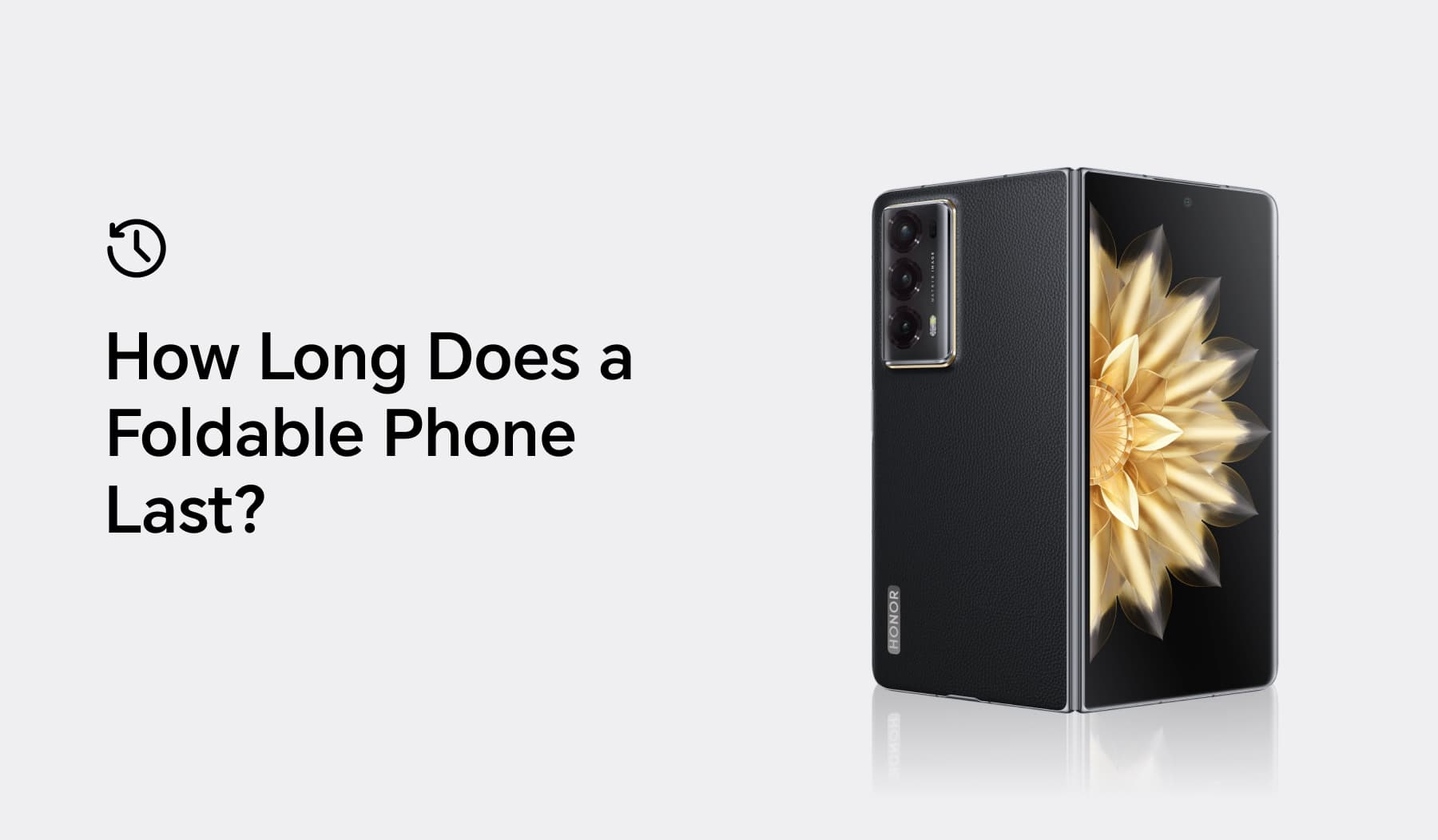
Can Foldable Phones Last for Years?
Despite being a relatively new innovation, foldable phones have the potential to last for years. With cutting-edge technology and high-quality materials, these devices can withstand regular use and daily wear and tear. However, their longevity greatly depends on their design, build quality, and how well they are maintained by users. As foldable phones continue to evolve and improve, it is likely that they will be able to last for years in the hands of careful users.
That being said, foldable phones still face many challenges that could affect their durability. Manufacturers have made huge progress in addressing these issues, but they still need to make further advancements before foldable phones can match the longevity of traditional smartphones. Users need to be aware of these durability challenges and take appropriate precautions to maximize the lifespan of their foldable devices.
Durability Challenges Faced by Foldable Phones

Here are some of the most pressing challenges faced by foldable phones:
Build Quality
The build quality of a foldable phone plays an essential role in its durability. Inadequate build quality could lead to structural weaknesses, making it more susceptible to damage from daily use. For instance, a weak frame or a poorly designed folding mechanism may compromise the device's integrity. Moreover, the choice of materials used in constructing the device can also impact its durability. The use of high-quality, robust materials in the structure of foldable phones not only ensures a longer lifespan but also provides the necessary support for delicate folding screens.
Display Vulnerabilities
One of the most significant challenges faced by foldable phones is the vulnerability of their displays. While traditional smartphones use rigid glass screens, foldable phones typically have flexible screens that can bend and fold. These displays are often made of materials like plastic or polymer, which are more prone to scratches, dents, and other types of damage. Additionally, as the screen is repeatedly folded and unfolded, stress points could form and lead to screen deformation or degradation over time.
Furthermore, foldable screens have a crease where the device folds, which is a point of weakness. This crease may develop wear and tear, eventually leading to a loss of functionality or deterioration in display quality. Addressing these vulnerabilities in current and future foldable phones is critical for ensuring their durability and longevity.
Hinge Mechanism
The hinge mechanism is another aspect of foldable phones that can impact their durability. This crucial component allows the device to fold and unfold smoothly while maintaining the screen's integrity. Failure or malfunction of the hinge mechanism could render the device unusable or cause damage to the display. Poorly designed hinges may wear down quickly or cause debris to build up, leading to a compromised folding mechanism.
The ideal hinge design is one that allows the device to fold seamlessly while also being robust and resistant to wear and tear. Achieving this balance can be challenging, as it requires precise engineering and high-quality materials. However, companies continue to invest in research and development to create reliable, long-lasting hinge mechanisms.
How to Prolong the Life of Your Foldable Phone?
While certain challenges are inherently bound to the construction and design of foldable phones, there are steps that users can take to preserve and ensure the longevity of their devices.
1. Screen Care: Avoid hard, sharp objects coming into contact with the screen and clean it with a soft, lint-free cloth to eradicate dust or smudges.
2. Handling of Folding-Unfolding Actions: Caution while folding and unfolding the device can significantly improve its lifespan. Forcefully opening or shutting the device could severely damage the hinge or screen.
3. Safe Storage: When not in use, store it in a dust-free environment. Additionally, removing any objects (even tiny particles or grains of sand) when folding the phone can help keep the device intact.
4. Regular Maintenance: Periodic checkups can help identify and prevent potential damage, especially to the hinge mechanism, which is essential for the device's functionality.
5. Optimized Device Usage: This involves controlling the battery usage, terminating unnecessary running applications, and maintaining proper charging levels to prevent any undue stress on the device system.
While on the topic of high-quality foldable phones, at HONOR, we've designed a device that embodies longevity, innovation, and superior performance: the HONOR Magic V2. This phone isn't just another gadget; it's a technological marvel. With its dimensions of 156.7mm x 74.0mm when folded and expanding to 145.4mm when unfolded, it's a comfortable fit in your hand or pocket. Weighing just 231g (for the PU version) and 237g (for the Glass version), it’s light yet durable.
The Magic V2 boasts dual screens – a 7.92-inch inner and a 6.43-inch external foldable OLED screen. These screens not only offer 1.07 billion colors but also a DCI-P3 wide color gamut and a refresh rate of 120 Hz, ensuring visuals are crisp, vibrant, and smooth. Powering the device is the Snapdragon 8 Gen 2 octa-core CPU, complemented by the Adreno 740 GPU, ensuring smooth performance across tasks.
Additionally, our MagicOS 7.2, grounded in Android 13, offers intuitive, gesture-based interaction. Depending on your storage needs, we provide multiple memory configurations, ranging from 16GB+256GB all the way up to a massive 16GB+1TB. We believe in crafting products that not only meet current tech demands but are also future-ready, and the HONOR Magic V2 stands as a testament to that philosophy. If you're looking for a foldable phone that combines durability with top-tier features, the Magic V2 is your ideal choice.
Conclusion
With an understanding of the durability challenges that foldable phones face and the measures that can be taken to prolong their lifespan, it becomes easier to answer the question, "How long does a foldable phone last?". While they may not yet be as enduring as their rigid counterparts, their longevity is likely to increase as technology and designs improve. Thus, investing your time and effort into proper maintenance could enable your foldable phone to accompany you for many years, fostering a dynamic tech experience not constrained by common gadget lifespans.
FAQ
Here are some commonly asked questions on how long does a foldable phone last.
How Many Times Can You Fold a Foldable Phone?
The total number of times a foldable phone can be folded varies on the materials used and construction quality. Generally, well-constructed foldable devices are advertised to sustain at least (but not limited to) approximately 200,000 folds, which corresponds to more than 100 folds per day for five years. However, these numbers are estimates and effects on the device longevity could vary based on everyday usage.
Do Foldable Phones Have a Specified Durability Rating?
Yes, foldable phones do have a specified durability rating, often provided by the manufacturers themselves. These ratings are typically based on lab testing done under controlled conditions. For instance, the hinge mechanism, material resilience, and the foldable screen quality are all tested rigorously. However, these ratings may not perfectly correlate with real-world usage due to variables like user handling and environmental factors.
What to Do If My Foldable Phone’s Hinge Mechanism Fails?
If your foldable phone's hinge mechanism fails, you should contact the manufacturer's customer service immediately. Usually, if your device is under warranty, they will assist you with repairs or replacements. Attempting to fix it yourself is generally discouraged as it could lead to greater damage or void the existing warranty. Always ensure that any repairs are done by certified professionals or service centers.
We use cookies and similar technologies to make our website work efficiently, as well as to analyze our website traffic and for advertising purposes.
By clicking on "Accept all cookies" you allow the storage of cookies on your device. For more information, take a look at our Cookie Policy.
Functional cookies are used to improve functionality and personalization, such as when playing videos or during live chats.
Analytical cookies provide information on how this site is used. This improves the user experience. The data collected is aggregated and made anonymous.
Advertising cookies provide information about user interactions with HONOR content. This helps us better understand the effectiveness of the content of our emails and our website.


